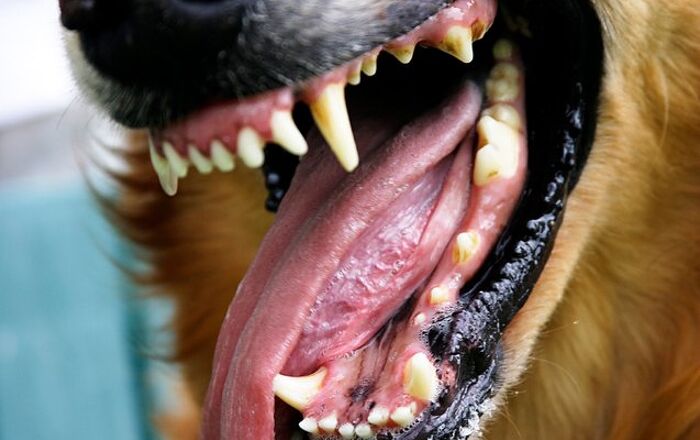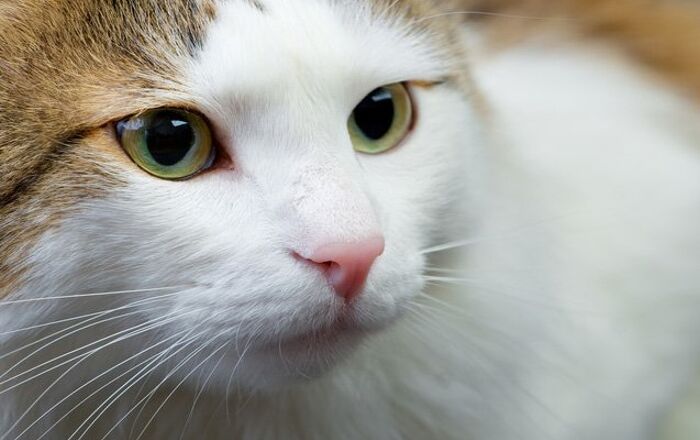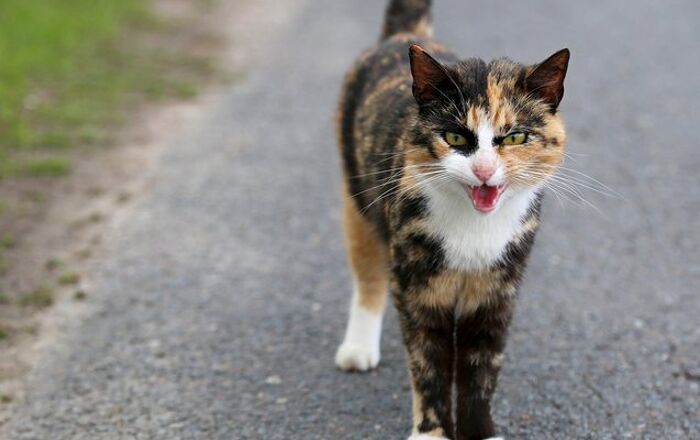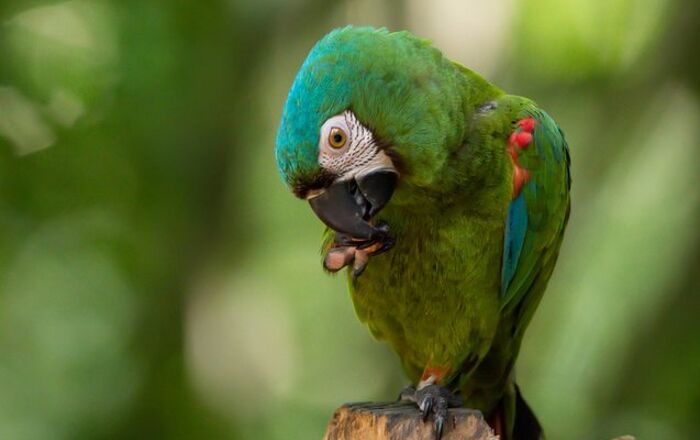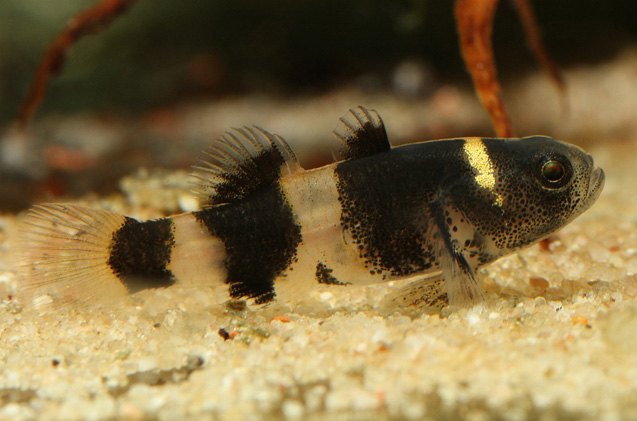
Gobies General description
Gobies are one of the largest families of fish comprised of over 2000 separate species. Although the majority of goby species exist in marine environments, there are several species of gobies that live in brackish and freshwater environments. Gobies are usually small and torpedo shaped. They are characterized by their morphed pelvic fins which are fused together to form a disc type sucker. When keeping gobies in an aquarium, it is not uncommon to see them latched onto pieces of aquarium décor or the tank walls using their sucker.
Gobies are one of the largest families of fish comprised of over 2000 separate species.
Origins
Goby fish originate in brackish water environments around the world.
Color
Gobies are one of the most diversely colored species of fish and come in shades of red, orange, yellow, blue, green, brown and black.
Maintenance and care
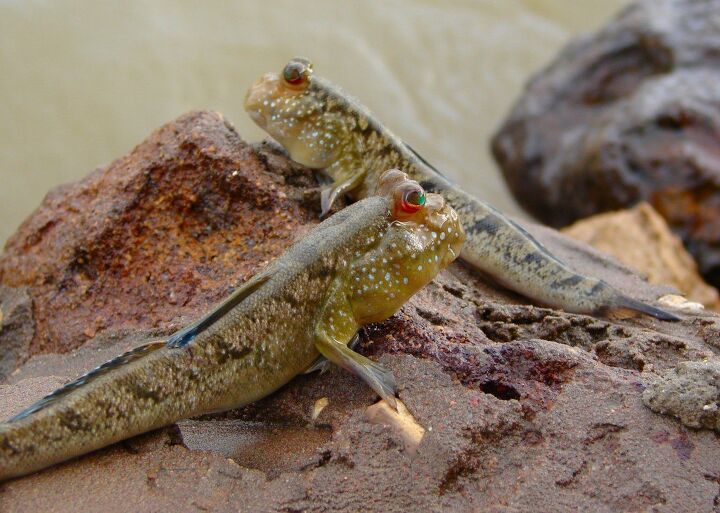
Most species of goby rarely grow more than a couple of inches in length. Therefore they do not require very large aquariums. They are also a relatively hardy species of fish and can often live up to ten years.
Goby fish are extremely peaceful and therefore make excellent additions to most brackish water community aquariums. However, they should not be kept with larger, predatory fish because they are slow swimmers and can make for easy prey.
Most species of goby are bottom dwellers and prefer aquariums with soft substrate. Goby fish are also highly intelligent and are known to establish a complex network of hiding places to which they can retreat when feeling threatened.
Feeding
Gobies are carnivores and can be fed on both live and frozen foods like brine shrimp, blood worm, daphnia and Cyclops.
Most species of goby rarely grow more than a couple of inches in length.
Breeding
Gobies are not an easy species of fish to breed in the home aquarium. They often require very specific changes in their water parameters to spawn. The breeding tank should also have ample caves and hiding places. Most breeders advice keeping one male goby with three females. When the fish are ready to spawn, the male will try to entice the females into a spawning site, usually a cave or flower pot. The female will then lay her eggs on the roof or wall of the cave and the male will promptly fertilize them.
Aquarium varieties
Bumblebee Goby, Dragon Goby, Knight Goby, Mudskipper, etc.
Photo credit: Bjørn Christian Tørrissen/Wikimedia

